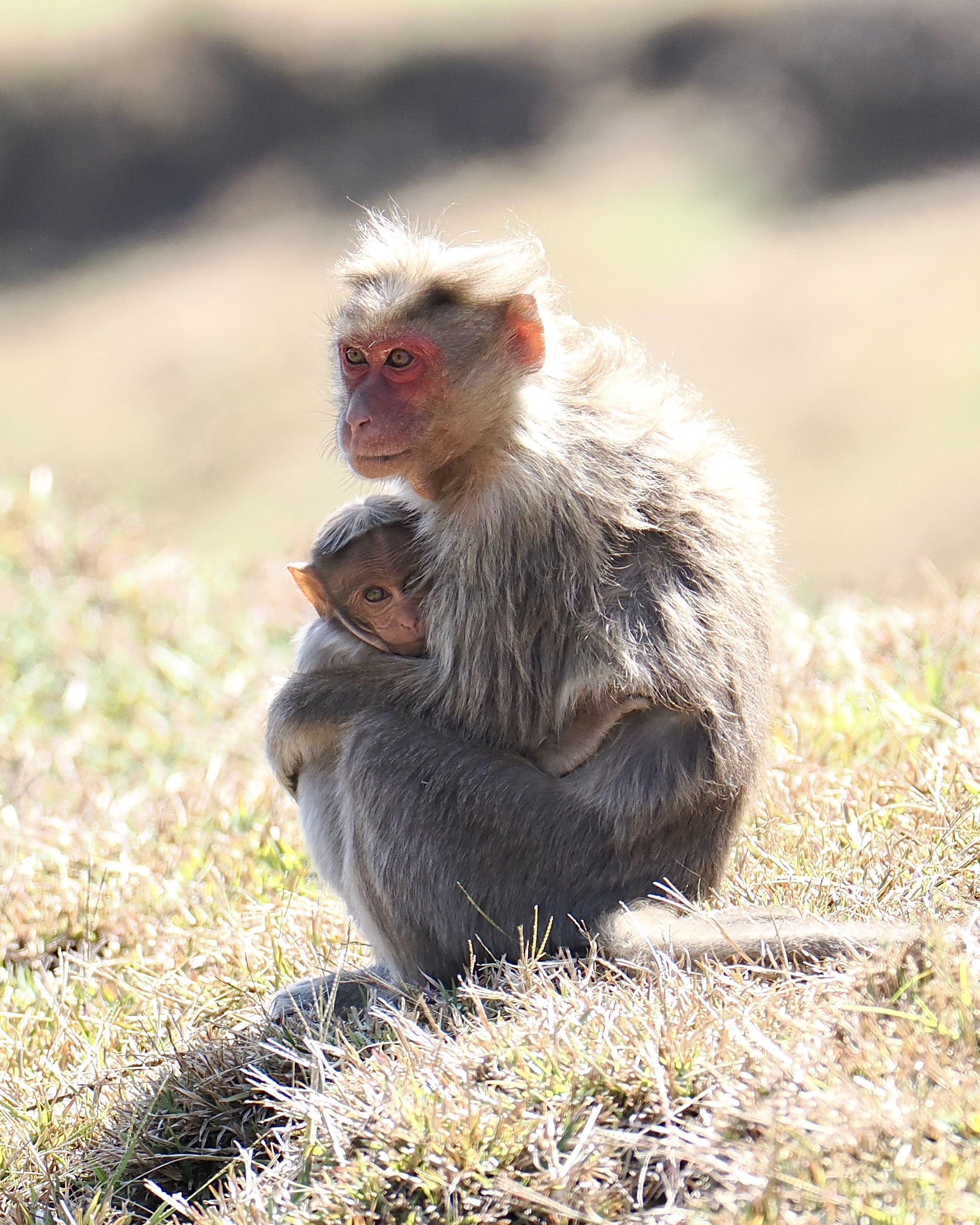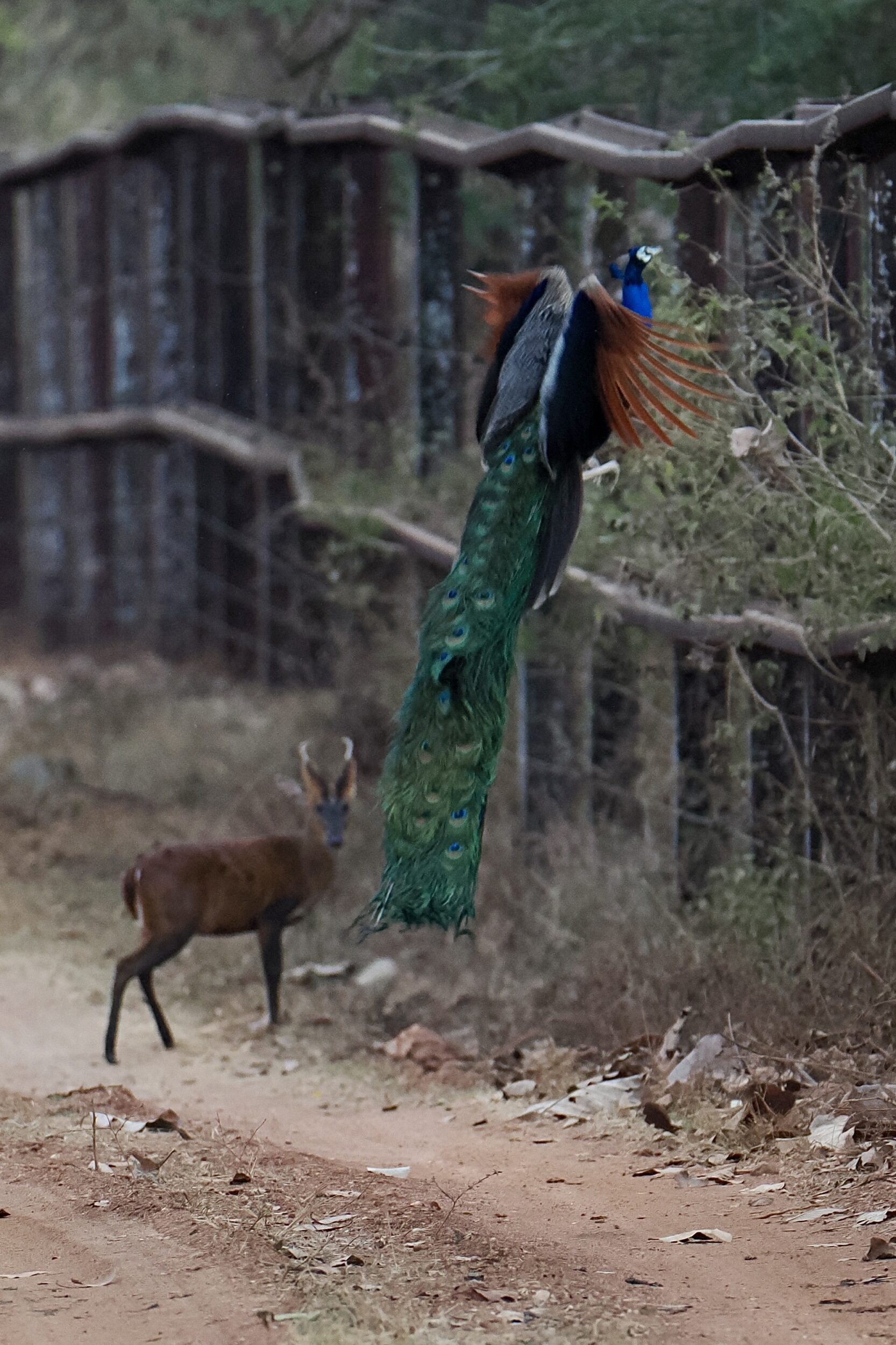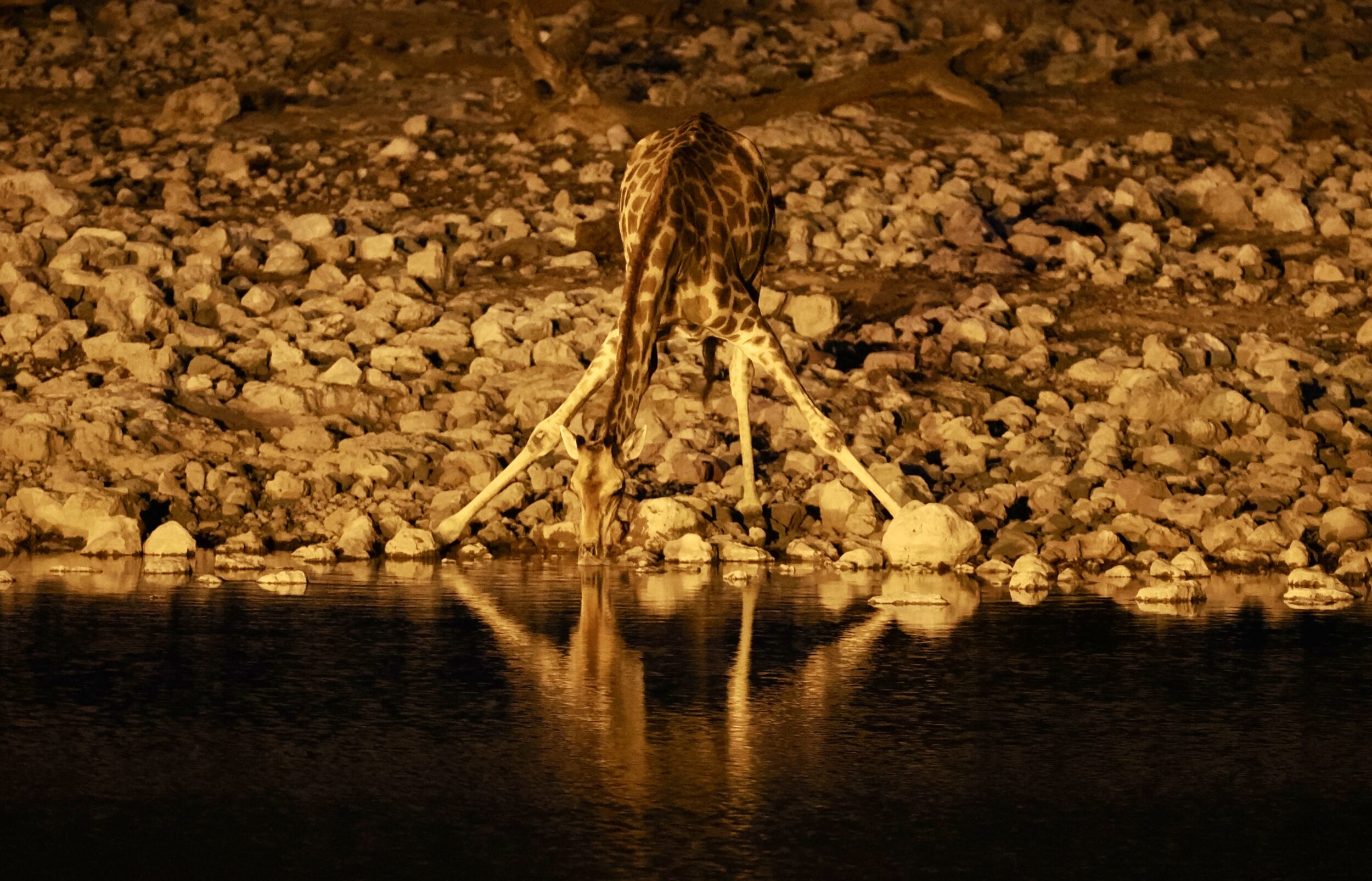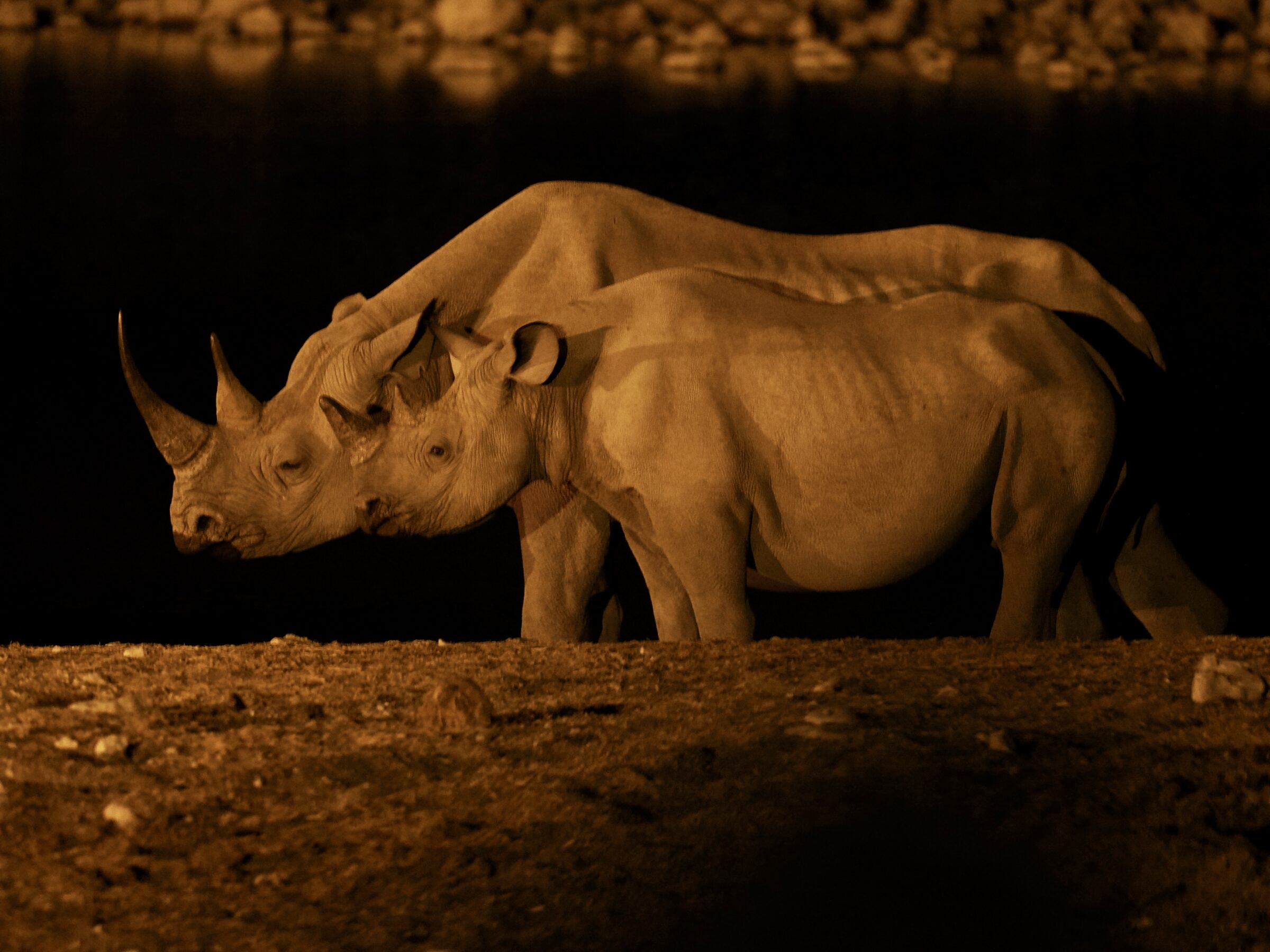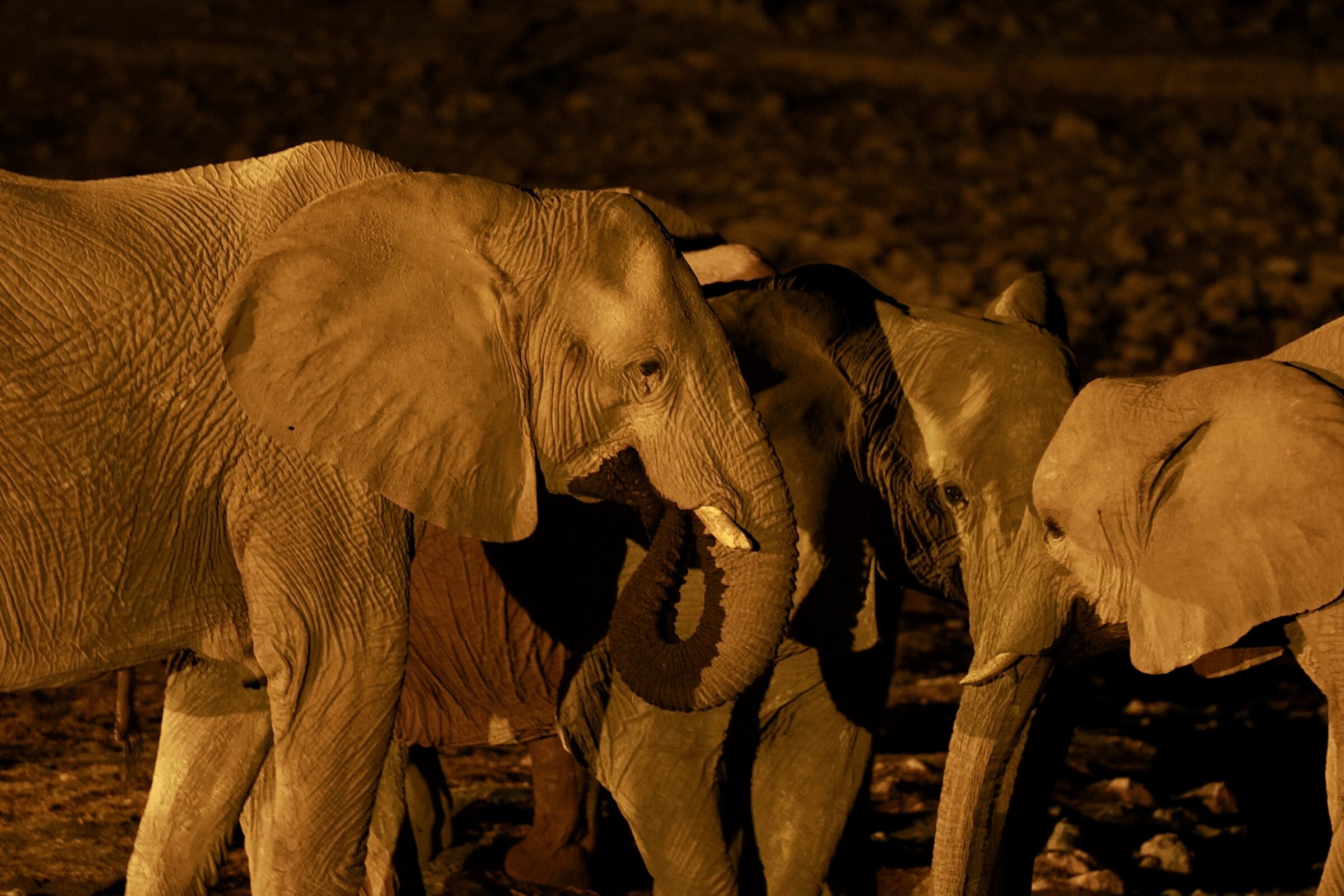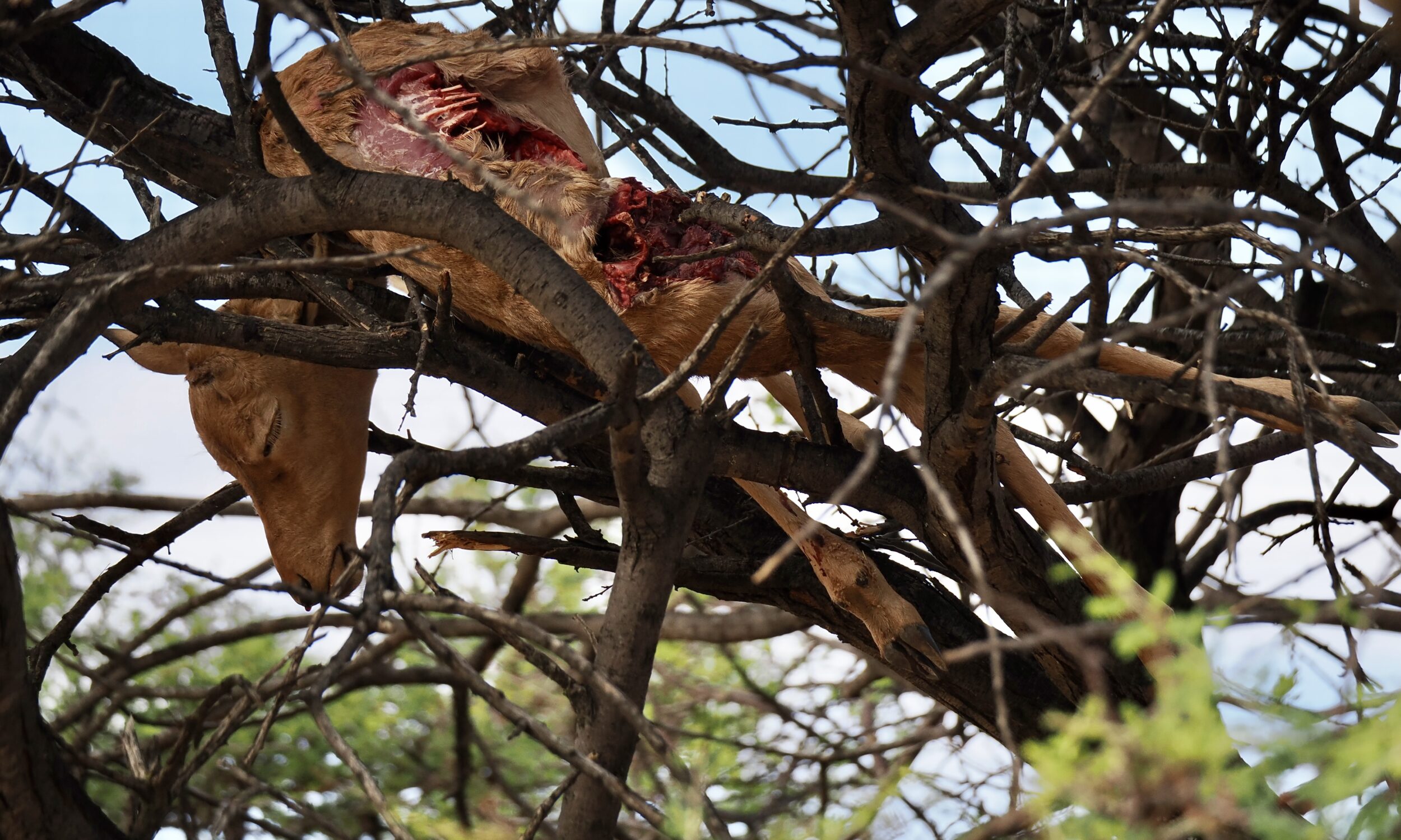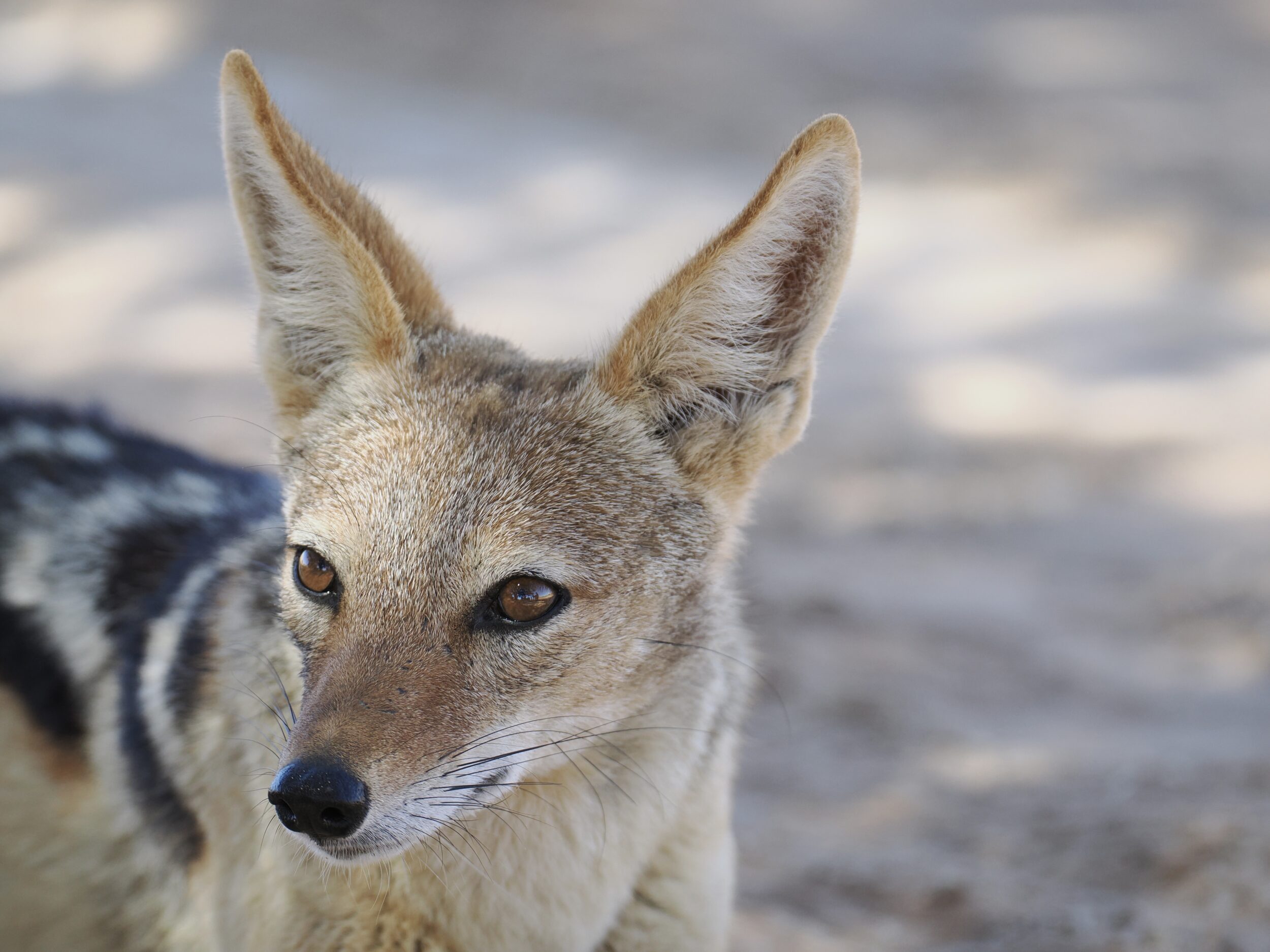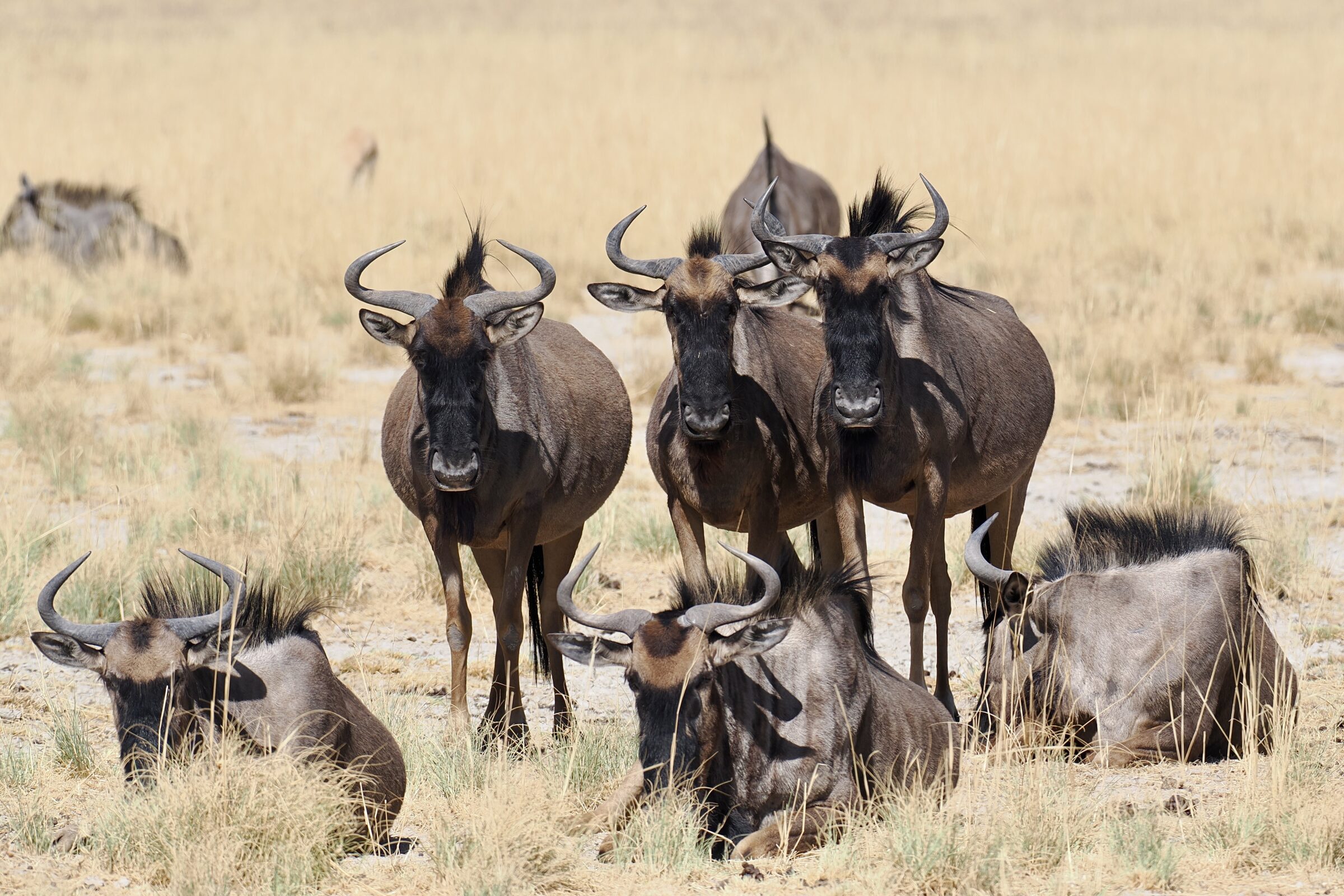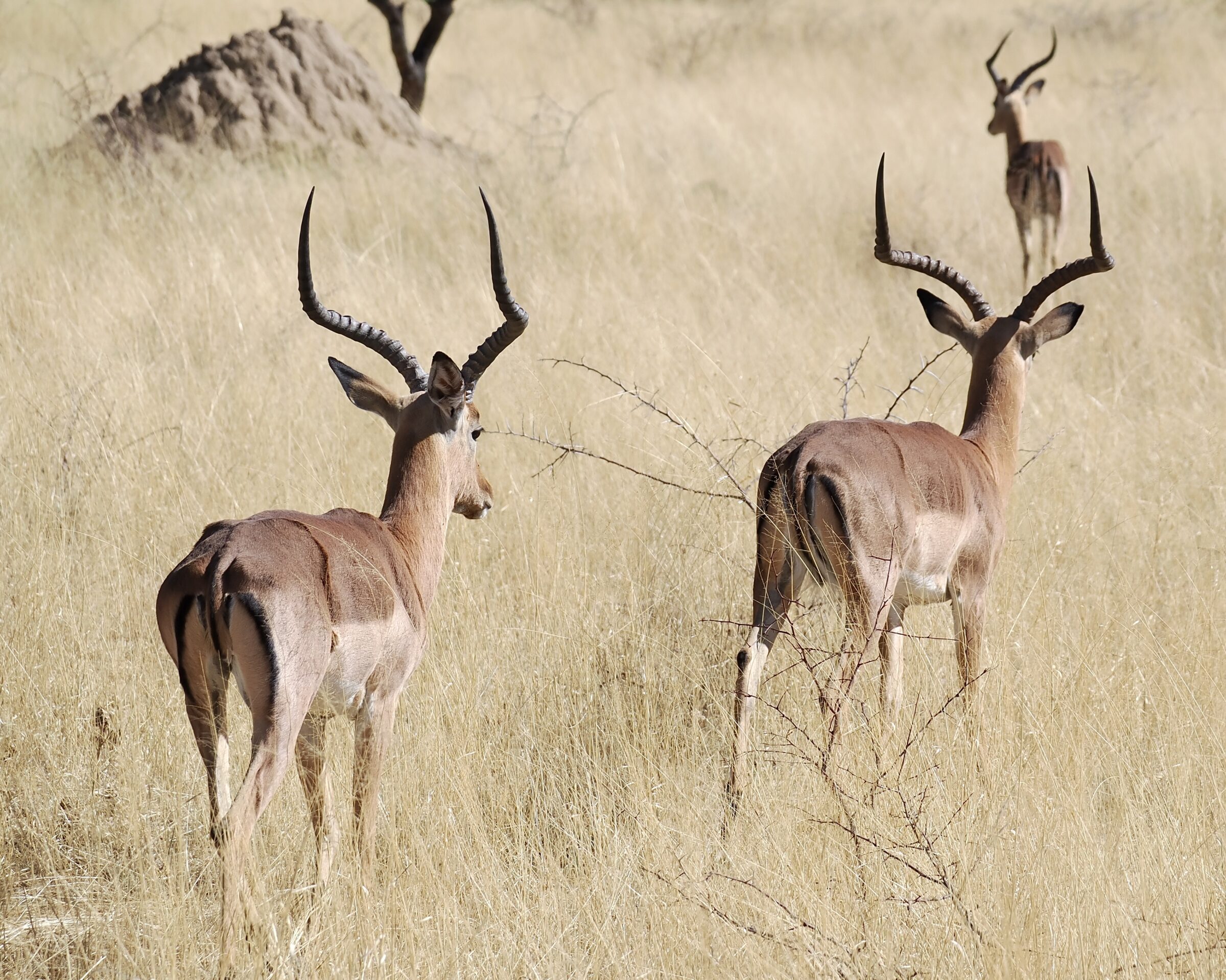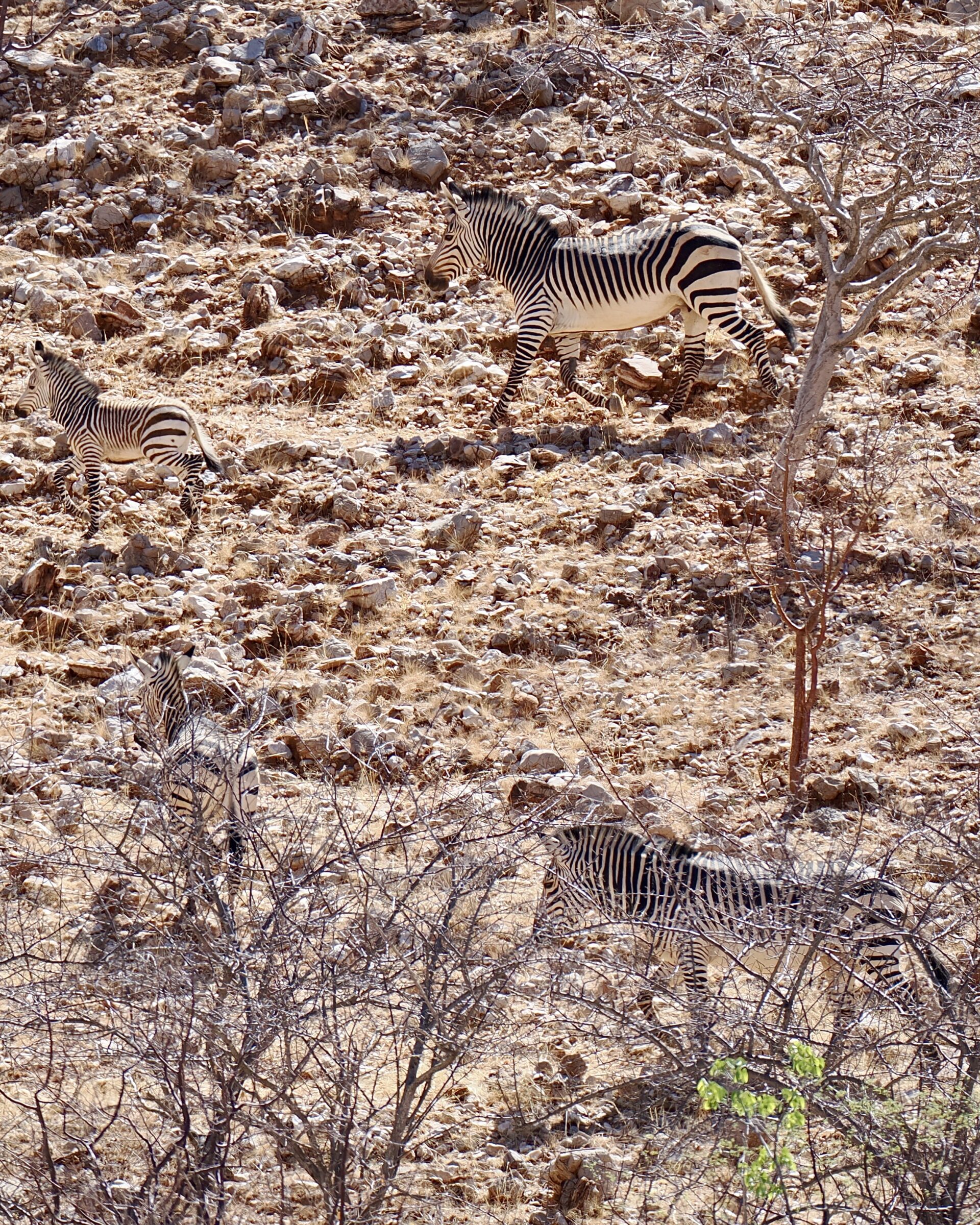Today’s post is the first of several to feature a species that any wildlife-seeking visitor to south India’s Western Ghats can reasonably expect to see, easily – probably, often.
Bonnet macacques are endemic to this region.
Until last year these very sociable forest-dwellers enjoyed a “least concern” conservation status.
Their numbers are currently declining, and in 2022 the IUCN reclassified their status as “vulnerable”.
Comments closed